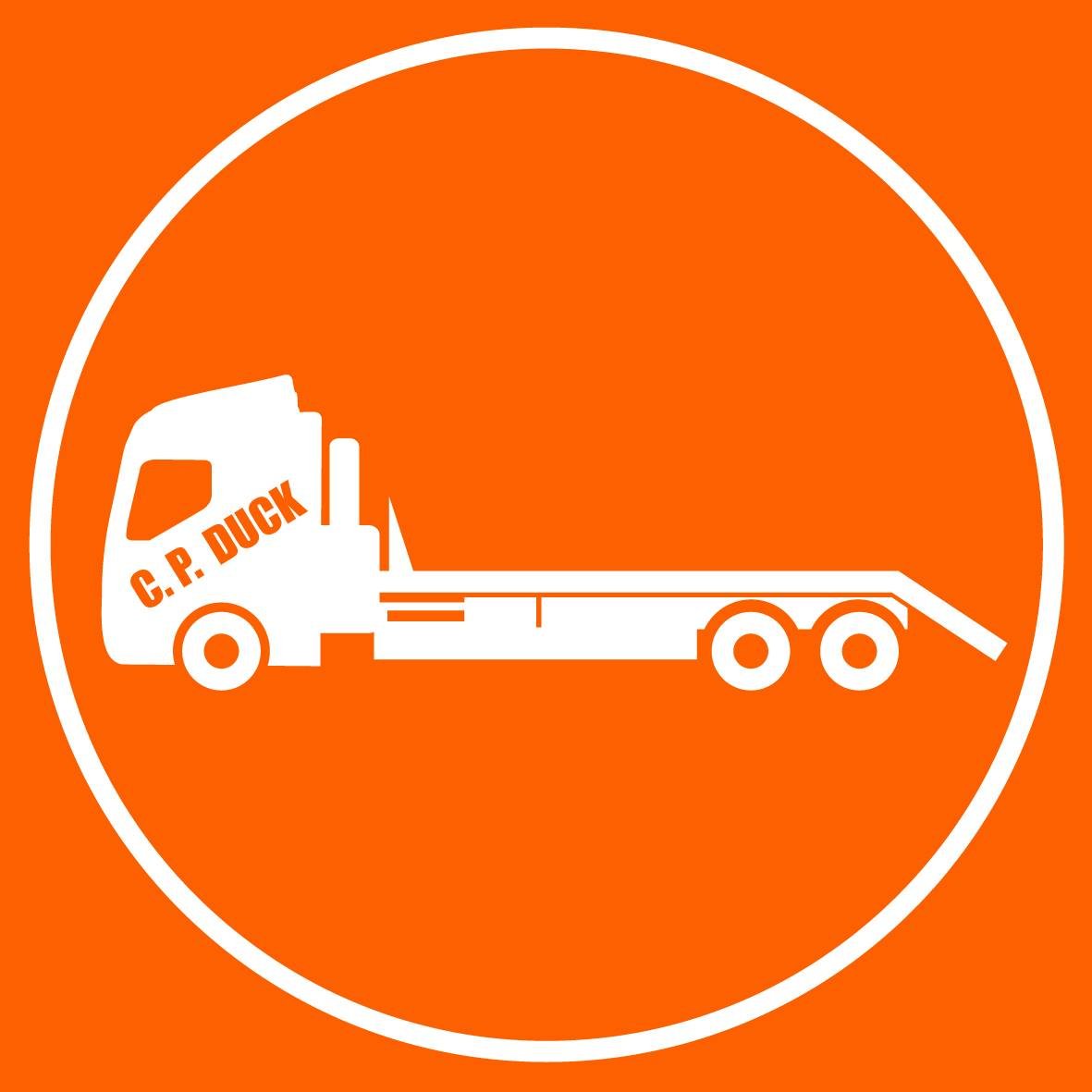Do I Need RAMS or a Movement Order?
A Quick Guide for Crane-Assisted Projects
Whether you’re a first-time customer planning a single lift, or a project manager coordinating a complex site delivery, chances are you’ve heard the acronyms RAMS and LOLER . . .maybe even been asked for a movement order. But what do these documents actually mean, and do you really need one for your lift?
At C.P. Duck Haulage, we believe compliance shouldn’t be complicated. So, we’ve broken it down - what RAMS are, when you might need a lifting plan or movement order, and how we help you stay compliant without the stress.
What Are RAMS - and When Are They Needed?
RAMS stands for Risk Assessment and Method Statement. These are the core documents that outline how your lift will be carried out safely. In crane-assisted haulage, RAMS typically cover:
The risks involved (to people, property, and public spaces)
The method of work (how the load will be lifted, transported, and placed)
The safety controls in place (PPE, operator qualifications, signage, etc.)
At C.P. Duck Haulage, we offer:
✅ Generic RAMS – Suitable for standard or low-risk lifts. Provided free upon request.
✅ Project-Specific RAMS – Tailored to your job using site photos, access notes, or plans you provide.
✅ Site Visit & Full RAMS – For higher-risk, restricted-access, or compliance-heavy jobs. Ideal when your principal contractor or CDM coordinator requires a formal pre-assessment.
This tiered approach means we match the level of documentation to the complexity of your lift - no unnecessary red tape, just the right paperwork to keep your project moving and compliant.
Do I Need a Lifting Plan?
A Lifting Plan is often required alongside RAMS for more complex or high-risk lifts — especially under LOLER regulations (Lifting Operations and Lifting Equipment Regulations 1998).
You’ll likely need one if:
The load is unusually shaped or heavy
The lift takes place over buildings, fencing, or public areas
The job forms part of a larger CDM-regulated project
Our solution:
We can provide a formal lifting plan where required, complete with:
Load and lifting details
Crane position and setup
Signaller/banksman roles
Safety zones and emergency protocols
All created by experienced operators and supported by ALLMI-compliant practices.
What Is a Movement Order?
A Movement Order is sometimes required when a vehicle or load exceeds standard legal limits or needs to access controlled, public, or protected spaces. These are typically requested by local authorities, estate managers, or site coordinators.
You may need one if:
Your load exceeds 2.9 metres in width
You’re operating a crane on or over a public highway or footpath
The job site requires documented permissions for oversized or specialist access
At C.P. Duck Haulage, we can apply for and obtain a movement order on your behalf when required.
We handle:
Direct communication with local authorities
The full documentation process
Scheduling to comply with access restrictions or escort requirements
By working with us, you’ll save time and ensure full compliance - all without the administrative burden.
Compliance Without Complication: How We Help
We understand that every project is different - but every project deserves to be safe, seamless, and properly documented.
Here’s how we make that happen:
Free Generic RAMS on request
Tailored RAMS from client-supplied photos or access details
Site Visit + Full RAMS available when required
LOLER-compliant Lifting Plans for complex or regulated jobs
Movement Order Support for jobs on public or protected sites
And we keep the jargon to a minimum - so you know exactly what to expect, what’s included, and how we’re keeping your project compliant and stress-free.
Need Help Deciding What You Need?
Not sure if your lift needs a RAMS, lifting plan, or movement order? No problem.
Get in touch with the team - we’ll talk you through the job, assess the complexity, and let you know what documentation is required. One call, one clear answer, no nonsense.
Call 0977 060487 or email chris@cpduckhaulage.co.uk




